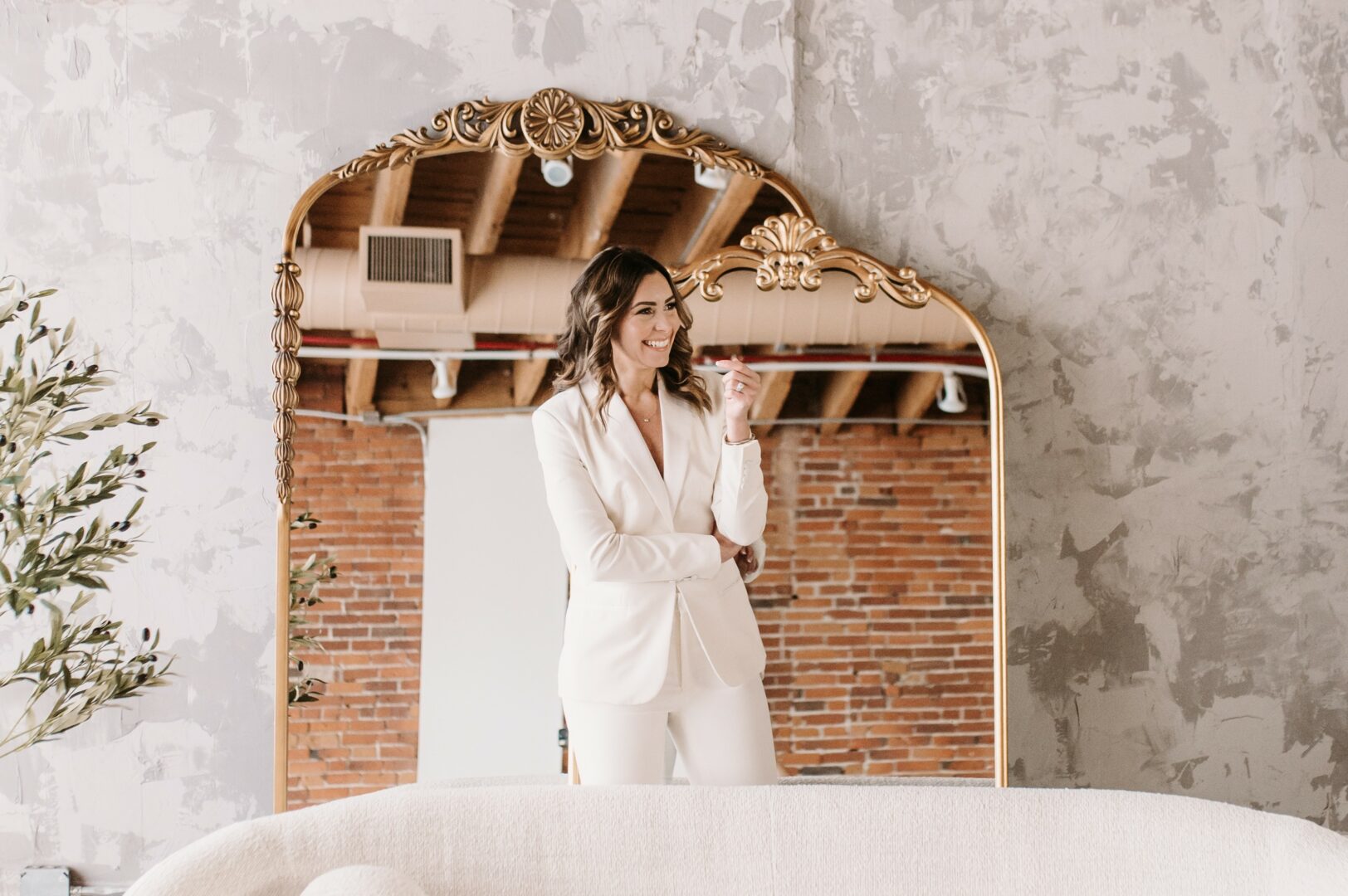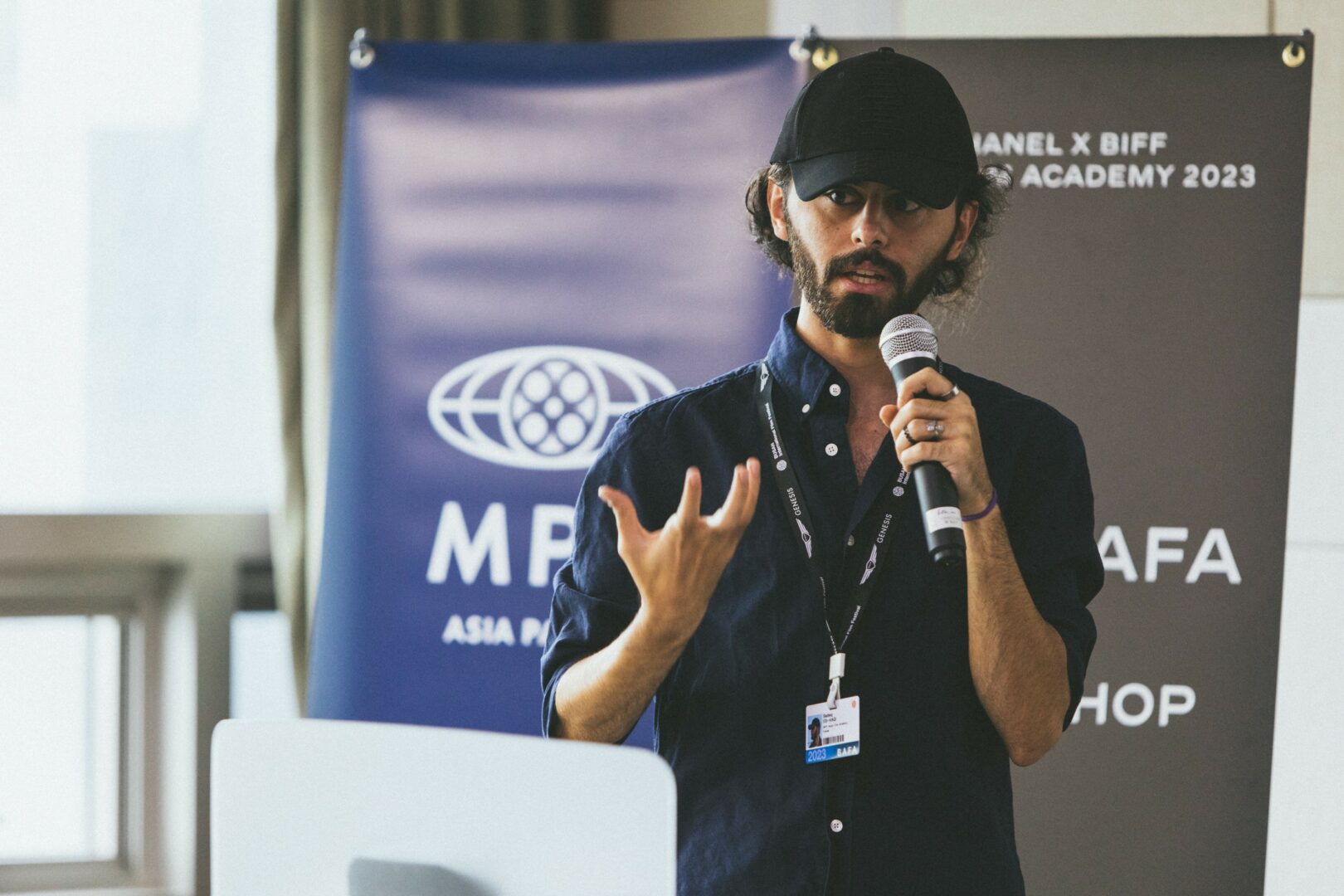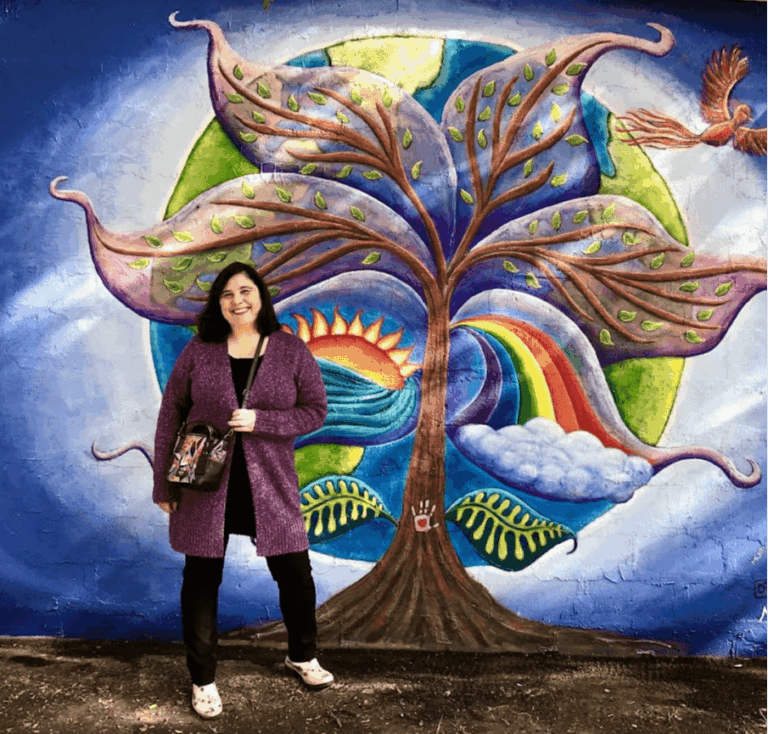We were lucky to catch up with Krista Jones recently and have shared our conversation below.
Hi Krista, appreciate you sitting with us today to share your wisdom with our readers. So, let’s start with resilience – where do you get your resilience from?
Resilience, for me, stems from three core areas of my life: childhood, addiction recovery, and defiance.
Growing up, my father’s career meant we moved every 2 to 3 years. Without siblings, I had to rely on myself for consistency. Each move taught me critical skills: how to adapt quickly, accept impermanence, assess new environments for safety, and forge authentic connections. My parents largely let me learn from my experiences, and when they didn’t, my defiant nature often led me to push boundaries anyway. I’ve always been drawn to challenges—not out of recklessness, but because I needed to feel experiences firsthand. While this trait hasn’t always served me well, it’s been instrumental in building my self-confidence and resilience. I was never afraid to get hurt or fail; it was always about the experience.
This mindset eventually led me down a darker path. For a long stretch of my life, my addiction to drugs and alcohol consumed me. These self-destructive years were, in part, a result of not learning healthy ways to cope with life’s unpredictability. However, my recovery—10 years free of opiates and alcohol—has been a transformative journey. It wasn’t a linear process; it took countless attempts and setbacks to reach a place where my life and freedom became my top priorities. But once I made that solid commitment to myself and my future, every year has grown stronger and more fulfilling than the last.
Pulling myself out of the depths of addiction has gifted me a profound kind of resilience. It’s taught me to nurture my creativity, embrace my neurodivergence, give back to the world, and find joy in the full spectrum of life’s experiences—death, loss, creation, love, and everything in between.
I’ve come to understand that resilience is like a muscle; the more you practice, the stronger it becomes. For me, much of that practice has been internal. I’ve had to shift my perspective and perception, often confronting the reality that I’ve been my own biggest obstacle. Changing how I talk to myself, prioritizing healthy behaviors, and letting go of fear-based thinking have been game-changers.
Experience is the foundation of resilience. The lessons life teaches—especially the hard ones—shape our ability to navigate challenges. Community has also played a critical role in my journey. Accountability and support from others have helped me embrace all versions of myself. No one builds resilience by being coddled; it’s forged through action, perseverance, and determination.
Resilience has been my lifeline, and I’m endlessly grateful for it. Without it, I wouldn’t be here today, living a life that truly matters to me.


Let’s take a small detour – maybe you can share a bit about yourself before we dive back into some of the other questions we had for you?
I’m an artist and muralist based in Atlanta, Georgia, with nine years of experience working independently and a lifetime of developing the skills it took to do this work full-time. My art practice spans both studio work and public art, each serving distinct purposes for self-expression and connection.
In my studio practice, I am immersed in an ongoing series of figurative abstractions that explore how humans perceive shape, color, and form through the lens of their lived experiences. I use a collage-style technique in these paintings which piece together fragments of familiarity in unexpected ways. This work delves into the human condition, exploring themes such as the cycles of life, freedom, and perspective. Symbolism is central to my work, offering a layered narrative that invites viewers to connect deeply with the ideas I convey.
In my public art practice, my work is bold, vibrant, and rooted in joy. My murals are designed to transform overlooked or sterile urban spaces into unexpected moments of connection and delight. My goal is to use art as a tool to elevate the everyday environment, creating spaces that inspire and engage communities.
Recent projects include two monumental-scale murals that exemplify this mission. The first, “Synchronicity”, is an 11,000-square-foot mural located at Sugarloaf Parkway and I-85 in Duluth, Georgia, commissioned by Sugarloaf CID, in partnership with The Hudgens Center for Art & Learning. The second, “Synergy”, is a bicycle barrier mural project along 10th Street in Atlanta, Georgia, commissioned by the Atlanta Department of Transportation in partnership with the Mayor’s Office of Cultural Affairs. This community engagement project, which protects cyclists along Piedmont Park, involved over 250 community volunteers in the painting process.
The impact of these public works is profound, both at a micro and macro level. Real-time feedback from the community during the creation process has been an invaluable part of my journey. It reinforces my belief that public art not only transforms physical spaces but also fosters meaningful connections that might not have otherwise occurred.
I’m deeply grateful for the opportunity to create work that uplifts and unites, and I remain committed to using art to inspire inner and outer reflection and connection.


There is so much advice out there about all the different skills and qualities folks need to develop in order to succeed in today’s highly competitive environment and often it can feel overwhelming. So, if we had to break it down to just the three that matter most, which three skills or qualities would you focus on?
The most impactful qualities I’ve developed over the years are critical thinking, adaptability, and leading with a collaborative mindset.
Critical thinking and problem-solving have always been foundational for me. I rely on my ability to approach challenges with a clear mind and a solutions-focused attitude. Whether I’m figuring out how to scale a mural to fit the side of a building or managing the logistics of a community project with hundreds of volunteers, these skills have been key to my success as an artist. They help me navigate both the creative and practical aspects of my work, ensuring that I’m able to bring my vision to life while overcoming obstacles along the way.
Adaptability has also been a cornerstone of my life and career. Growing up, I moved every few years, and those experiences taught me how to adjust quickly to new environments and find stability within change. As an artist, this quality allows me to move fluidly between the intimate work of my studio practice and the dynamic challenges of public art. It has helped me embrace opportunities I might have once found daunting, turning them into meaningful experiences that push my work and perspective forward.
Lastly, I’ve grown into a leader who values collaboration. Whether I’m guiding a team on a large-scale mural or working with community volunteers, I strive to create an environment where everyone feels empowered and connected to the project. I’ve learned how to bring people together around a shared vision, and that collective energy not only drives the success of my work but also leaves a lasting impact on the communities I serve. I believe there is enough for all of us in this world and I surround myself with other creatives that believe in collovartive spirit. Compeititon is fear based and I believe there is plenty resources for all of us to thrive if we work together.
If I could share one thing with someone just starting out, it’s that soft skills can lead to more opportunities and possibilities than hard skills alone. Both are important, but with strong soft skills—like problem-solving, critical thinking, time management, creativity, adaptability, interpersonal communication, conflict resolution, and work ethic—you can accomplish almost anything you set your mind to.
As a neurodivergent person who struggles with depression, I’ve learned how to create consistency for myself by building a lifestyle and career that align with how my brain works. Society often tries to fit everyone into the same box, but that approach doesn’t work effectively for everyone. Each person has their own unique journey and way of learning, and I truly believe that consistency, practice, and repetition are the best ways to improve or develop a skill.
So, my advice is to try things without worrying about whether or not you’ll fail. No one is great at something the first time they try it, and it’s self-defeating to think otherwise. Progress and growth come from showing up, practicing, and being willing to learn.


Is there a particular challenge you are currently facing?
Creative burnout is something I’ve experienced more times than I’d like to admit. Fortunately, it is temporary, just like all things in life. As an artist, my work is deeply tied to my identity, which makes it hard to step away when I start feeling drained. Burnout feels like hitting a wall where ideas aren’t flowing, and even the thought of creating becomes exhausting. It’s frustrating because I love what I do, but sometimes that passion can lead me to push too hard, forgetting to take care of myself in the process.
To resolve this feeling, I’ve been focusing on a few key things. First, I’m learning to give myself permission to rest without guilt. Rest is just as important as the work, and I’m reminding myself that taking time off doesn’t mean I’m not committed—it means I value sustainability over burnout. I’ve started incorporating more non-work activities into my life to refill my creative cup.
I’ve also been experimenting with new approaches to my art. Sometimes burnout comes from falling into repetitive patterns, so I’ve been playing with materials or techniques I wouldn’t normally use. Even if the results aren’t perfect, the act of exploring something unfamiliar helps me rediscover the joy in creating.
Another thing I’ve been doing is connecting with other artists and friends. It’s easy to isolate myself when I’m feeling stuck, but talking with peers reminds me I’m not alone in this struggle. Hearing how others navigate their own challenges often gives me new perspectives and ideas to try.
Finally, I’m focusing on gratitude and reflection. I remind myself of why I started this journey in the first place and revisit moments where my art brought me joy or impacted others. This helps me reconnect with my purpose and shift my perspective from frustration to curiosity.
Burnout is a tough feeling to navigate, but I’m trying to treat myself with compassion and see it as an opportunity to grow. Creativity doesn’t thrive under constant pressure—it needs space to breathe. By leaning into rest, exploration, and connection, I’m finding my way back to the energy and inspiration that fuel my work.
Contact Info:
- Website: https://www.jonesyartatl.com
- Instagram: https://www.Instagram.com/jonesyartatl
- Facebook: https://www.facebook.com/jonesyartatl
- Linkedin: https://www.linkedin.com/in/krista-m-jones/
- Youtube: https://www.youtube.com/@jonesyartatl
- Other: https://bsky.app/profile/jonesyartatl.bsky.social


so if you or someone you know deserves recognition please let us know here.




